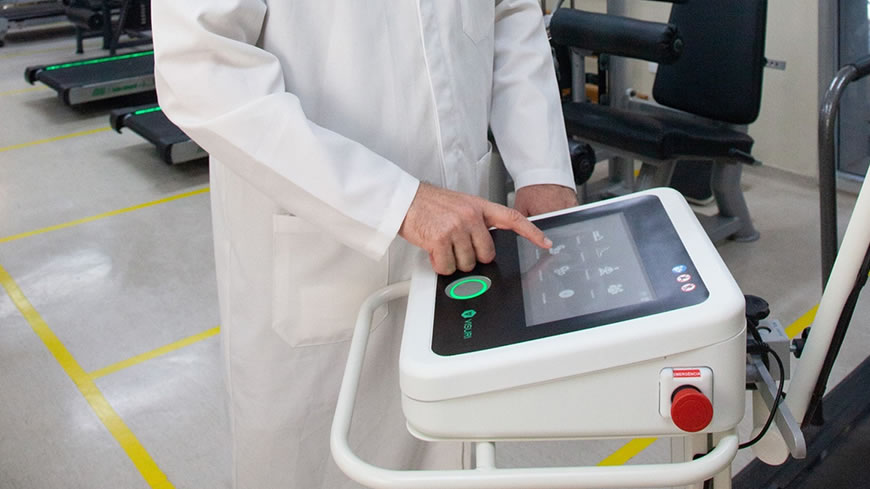- quinta, 11 de maio de 2023
Authors: Paulo Eugênio Silva PT, MS, Vinicius Maldaner PT, PhD, Luciana Vieira PT, PhD, Karina Livino de Carvalho PT, Hedian Gomes PT, Priscilla Melo PT, MS, Nicolas Babault PhD, Gerson Cipriano Jr. PT, PhD, Joao Luiz Quagliotti Durigan PT, PhD
Purpose
It is unclear whether the muscular changes in mechanically-ventilated traumatic brain injury patients (TBI) are only associated with disuse or additionally to neuromuscular electrophysiological disorders (NED). The correlation between muscle atrophy and NED may affect functional outcomes and rehabilitation programs significantly.
Material and methods
An observational study was performed to investigate the presence of NED and muscle atrophy in TBI patients undergoing mechanical ventilation. NED was diagnosed by the stimulus electrodiagnosis test when chronaxie was ≥ 1000 μs. The muscle structure (thickness and echogenicity) was assessed by B-mode ultrasound. Tibialis anterior (TA), rectus femoris (RF), and biceps brachialis (BB) muscles were analyzed. Patients were followed from the first day of admission in the intensive care unit (ICU) to the fourteenth day.
Results
Twenty-two patients were analyzed. An increase of 48% in NED from day 1 to day 14 was detected in TA (p = 0.004). All muscles presented a significant decrease in thickness (~ 18%, p < 0.05), but echogenicity increased only in TA (19%), p < 0.01 and RF (23%), p < 0.01.
Conclusions
Mechanically-ventilated patients with TBI developed NED in addition to changes in muscle structure during their stay in the ICU.
DOI: https://doi.org/10.1016/j.jcrc.2017.10.026
LEARN MORE: https://www.sciencedirect.com/science/article/pii/S0883944117307384?via%3Dihub







